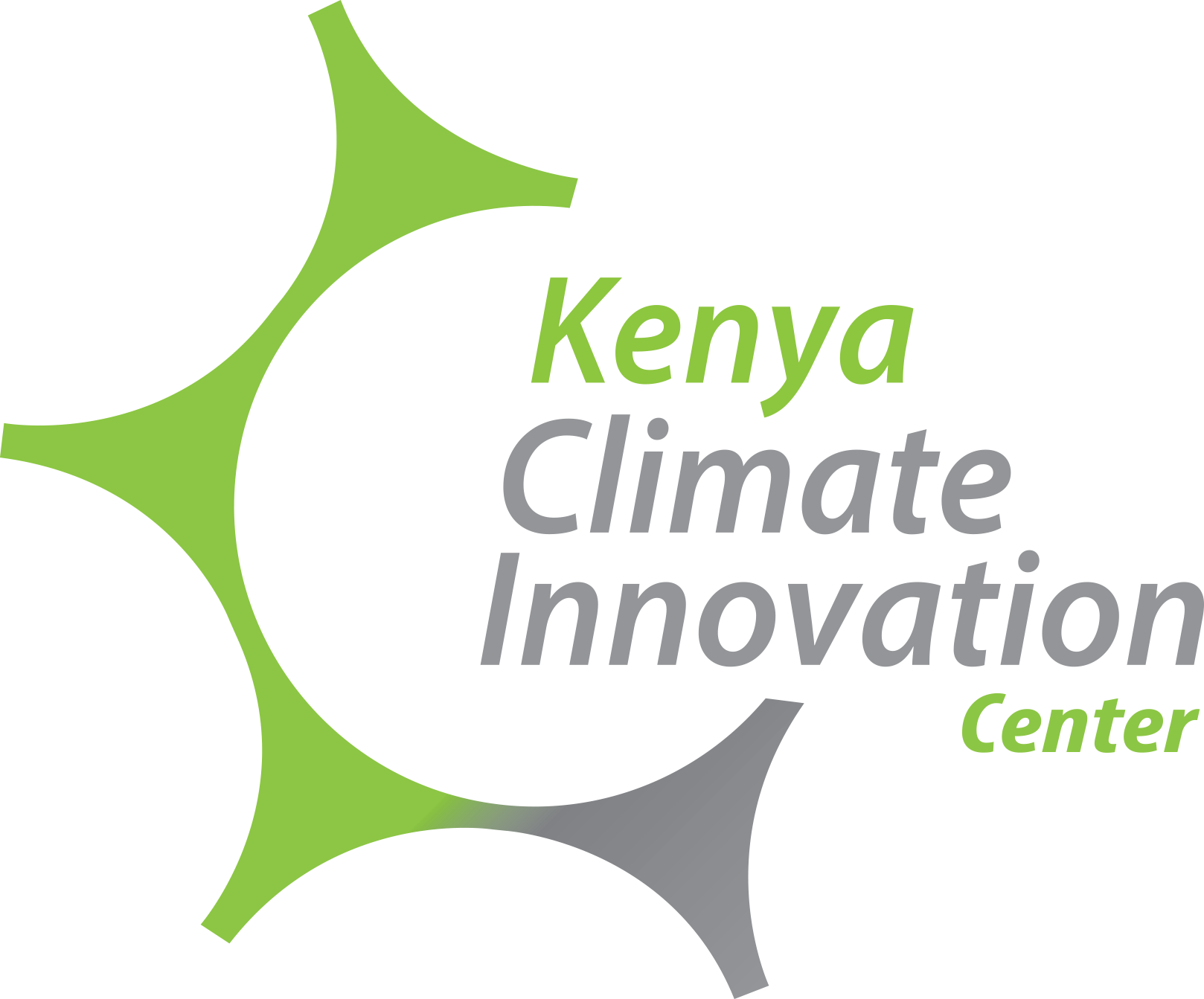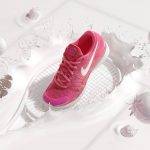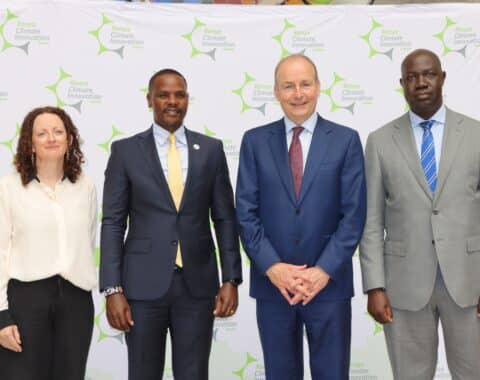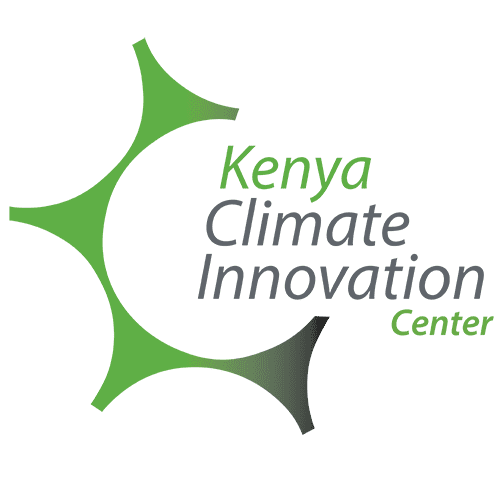There is an urgent need for an important paradigm shift if we have to advance the multiple levels of sustainable sanitation services towards a circular economy where wastewater is considered a vital resource and not a liability.
In 2018, the Wastewater: “From Waste to Resource” initiative was launched in the Los Angeles region to address the wastewater challenge and incentivize decision-makers, recyclers about the potential of wastewater as a resource. The initiative tries to create awareness on how organizations, companies and recyclers can explore innovative use and re-use of wastewater.
The finding further states the different forms of resource recovery such as energy, biosolids and reusable water that the wastewater recovery can take to achieve the economic and financial benefits that have always contributed to the sustainability of water supply and sanitation systems.
To gain public acceptance and maximize the benefits of reuse while minimizing negative impacts, health risks of reuse need to be assessed, managed and monitored regularly.
The scale of reuse can range from individual households practising ecological sanitation (where urine is separated from the faucal matter at source and then diluted and applied directly to plants, while the faucal matter is stored [composted] until it is safe for land application) to major urban irrigation systems or biogas production.
Since not much thought has always been given to used water, there is a way that dishwater, flushed toilet water, bathwater or industrial water can be reused and recycled as an alternative source amid future shortages.
In Kenya, there are several wastewater management success stories.
By using solar water desalination systems, Water Kiosk Africa, a company incubated by Kenya Climate Innovation Center (KCIC) removes 99% dissolved solids from contaminated resources and thrives to deliver high-quality hygiene drinking, irrigation, fish farm and sanitation free from any organic and inorganic contamination, bacteria and viruses.
Another example is Majik Water, a company that harvests drinking water from air. By using solar-thermal energy, they pull air into the device, use desiccant material to absorb the water droplets and expose the desiccant to heat releasing the moisture as water vapour. The water vapour is then condensed into water and filtered with activated carbon.
Despite such success stories, collaboration and dialogue are still required between partners who may not traditionally talk to each other, including farmers, public health officials, municipal and waste managers, water utilities, regulatory agencies, environmental authorities, planners and developers.
They both need to come together and incorporate innovative water management science and technology into water management policy to further progress in achieving water quality goals within the Kenyan rural and urban landscapes.
KCIC and What Design Can Do believe that such kinds of inclusivity will lead to regeneration and not just sustainability, hence the main reason the two organizations launched the #NoWasteChallenge seeking creatives and innovators to submit their innovative solutions that can help advance the circular economy.
If you believe you are an ideal candidate for this competition you can apply through this link https://www.kenyacic.org/












